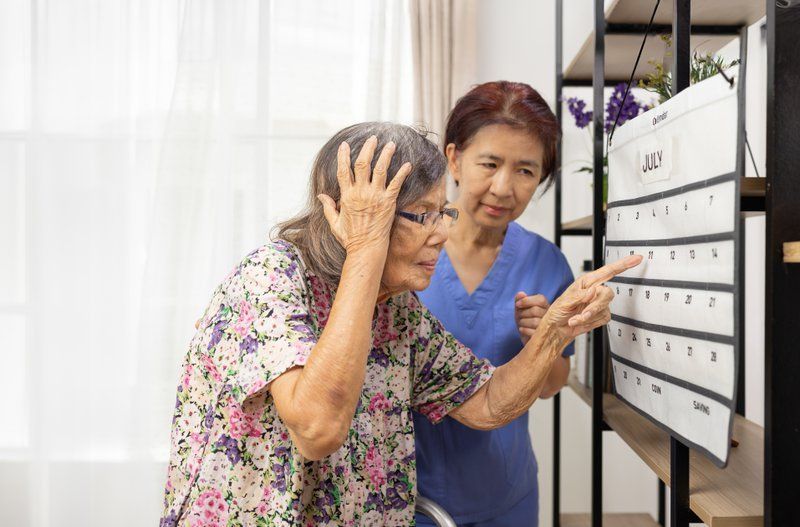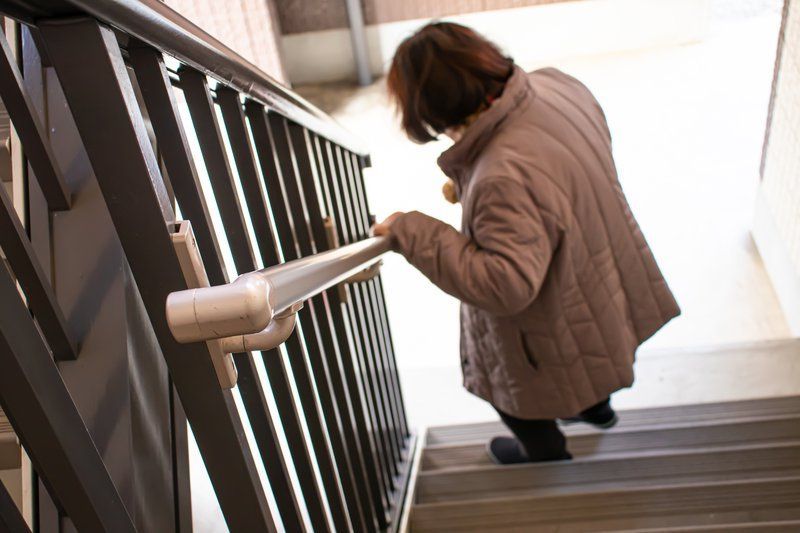BLOG
Safety Tips for Seniors with Brain Injuries
Brain injuries can impact cognitive and physical abilities, altering daily life for those affected. These injuries can vary widely in severity, and their effects may evolve over time, often presenting new challenges as recovery progresses. Understanding the potential long-term impact on patients and their families can help them prepare for the journey ahead and access needed support.
Brain injuries may result from accidents, falls, or medical conditions; each injury is unique. The impact depends on factors such as the location and severity of the injury, age, and overall health of the individual. By learning about these effects and available treatments, caregivers and families can provide a supportive environment to facilitate recovery.
Reducing Fall Risks at Home
Falls are one of the most common dangers for seniors with brain injuries, often resulting in further injury. Preventing falls starts with removing potential hazards from the home, such as loose rugs, cluttered pathways, and slippery floors. Installing grab bars in bathrooms and near staircases adds extra support, helping seniors balance and preventing sudden falls.

Non-slip mats in bathrooms and kitchens and adequate lighting in all rooms also reduce fall risks. Many seniors benefit from wearing non-slip footwear, which can offer added stability on different surfaces. Regular physical therapy can help seniors improve their balance and strength, lessening their risk of falling.
Stairs can present a significant challenge for seniors with brain injuries. If possible, consider setting up their living space on a single level. For multi-level homes, handrails, stair lifts, or ramps can make a difference in keeping these areas safe and accessible.
Memory Aids for Improved Safety
Brain injuries can affect memory and cognitive functions, making it difficult for seniors to remember daily routines or where items are located. Simple memory aids, such as labels on cupboards or signs around the house, can help seniors stay oriented and remember important information. Digital assistants or reminder devices can alert them to medication schedules or appointments, adding another layer of support.
Calendars and whiteboards are helpful tools for outlining daily activities and noting important reminders. This practice improves safety and helps seniors feel more confident and in control of their daily lives. Memory aids like labeled drawers and color-coded rooms can also support organization and reduce confusion.
Encouraging a consistent daily routine helps seniors feel more comfortable and can improve memory retention. Familiar routines minimize anxiety, reduce frustration, and support seniors in navigating their environment more independently.
Modifying Living Spaces for Accessibility
Accessibility modifications can significantly improve the daily lives of seniors with brain injuries. Installing adjustable showerheads, grab bars, and raised toilet seats makes bathroom activities safer and more comfortable. Additionally, opting for lever-style handles instead of traditional doorknobs can be easier for seniors to operate, especially if they struggle with fine motor skills.

Kitchen modifications, such as easy-to-reach storage areas, labeled containers, and simplified layouts, reduce the risk of accidents while allowing seniors to remain independent. Removing sharp objects and organizing frequently used items on lower shelves can prevent accidents. In the bedroom, bed rails and bedside lighting make nighttime trips safer and provide reassurance.
For seniors with mobility challenges, widening doorways and installing ramps may improve their ability to navigate throughout their homes. Reducing or removing thresholds between rooms prevents tripping and eases movement, especially for those who use walkers or wheelchairs.
Supervision and Communication for Added Safety
Regular supervision and communication are key to ensuring safety for seniors with brain injuries. Whether it’s family members, friends, or professional caregivers, having someone check in regularly reduces isolation and allows prompt assistance. Video calling technology can also help family members stay connected and offer supervision when they can't be physically present.
Encourage open communication so seniors feel comfortable expressing any challenges or concerns. A medical alert device that can call for emergency assistance in case of a fall or other issues offers peace of mind for seniors and caregivers. If they live alone, these devices can make a big difference in ensuring immediate help is available.
Communicating with staff about specific needs and preferences is essential for seniors residing in a shared facility. This teamwork ensures that caregivers and facility staff are on the same page regarding safety and care protocols, supporting a safe and stable environment for the seniors.
Manage Medication for Safety
Medication management is crucial for seniors with brain injuries, as missing doses or mixing medications can lead to serious health risks. Organizing medicines in a weekly pill organizer or a digital reminder system can prevent confusion and ensure medications are taken as prescribed. Regularly reviewing medications with a healthcare provider can help catch any potential interactions or side effects.
Sometimes, a caregiver may help oversee medication administration, especially for seniors who have trouble remembering to take their medicine. Clear labeling and easy-to-read instructions can help seniors manage their medications independently and safely. Simplifying the medication regimen, when possible, reduces the risk of errors and improves adherence.
Knowing how certain medications affect balance, cognition, or alertness is also essential. Keeping a detailed list of current medications and monitoring for side effects allows caregivers to adjust with a healthcare provider's guidance.
Encourage Regular Cognitive and Physical Activities
Regular cognitive and physical activities can help seniors with brain injuries maintain their abilities and improve safety. Cognitive activities like puzzles, memory games, and reading can help stimulate the brain, potentially slowing cognitive decline. Encouraging social interactions, like phone calls with friends or small group activities, keeps seniors mentally engaged and connected.
Physical exercises tailored to their abilities improve mobility, strength, and balance, reducing fall risks and promoting independence. Exercise routines should be gentle and supervised, focusing on movements that seniors find enjoyable and manageable. Programs like tai chi or seated exercises can be particularly helpful, as they enhance flexibility and coordination without being too strenuous.
Rehabilitation programs often incorporate cognitive and physical exercises for brain injury recovery. These activities can make daily life safer, boost confidence, and help seniors feel more self-reliant.
Supporting a Safe Path Forward
Seniors with brain injuries face unique challenges, but with the right safety measures and support, they can live fulfilling and secure lives. Thoughtful modifications, routine support, and engaging activities contribute to a safer environment and improved well-being.
For personalized care and expert support, Assured Senior Living offers specialized resources tailored to seniors recovering from brain injuries. Reach out today to discover how we can assist you and your loved ones navigate the journey to safety and independence.















